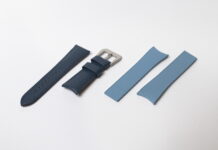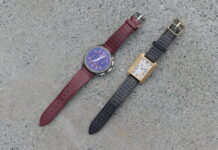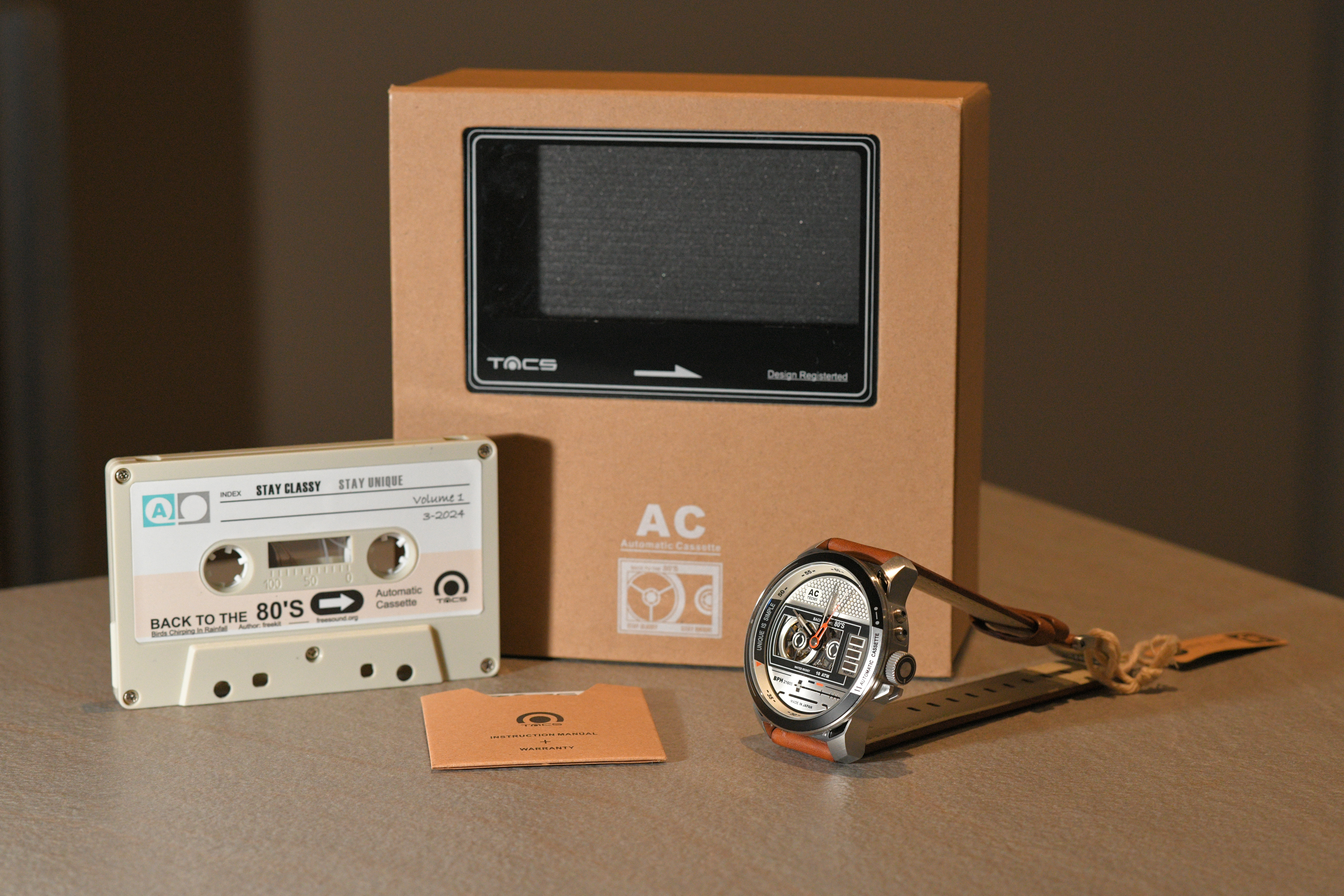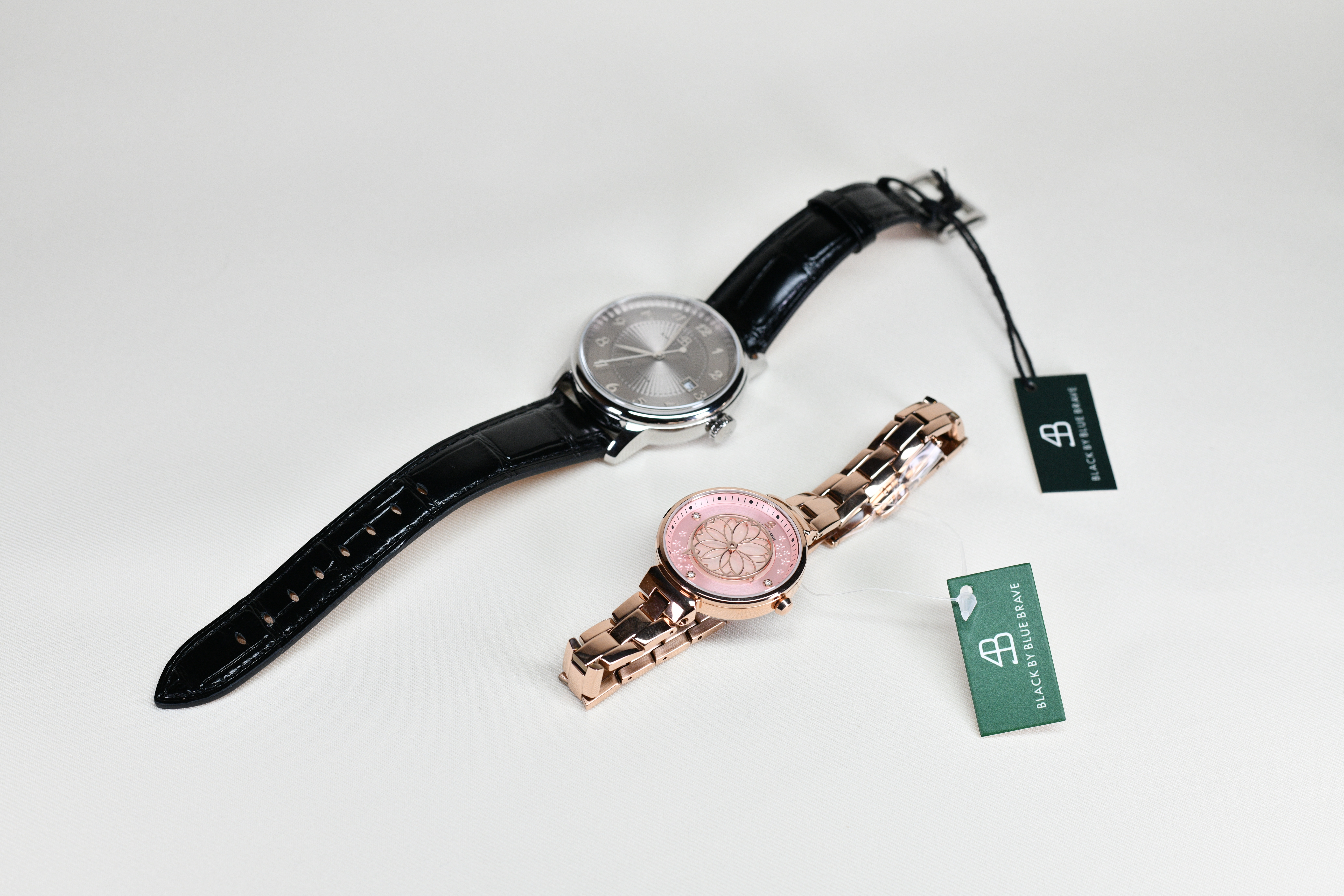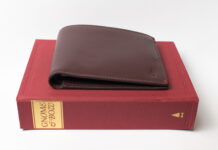Hello everyone, and welcome to another Singaporean watch review! On this “shiok” Saturday, I’m reviewing the Voyager from Hong Kong watch label, Phoibos.

The Phoibos Voyager is the brand’s latest dive watch. Like many of their other models, the Voyager is affordably priced, and on paper presents great value for money. Let’s see if it lives up to expectations!
Phoibos – the Brand
I’ve previously covered the brand story of Phoibos in my review of their Eagle Ray. For those interested, you can read that article here. I also reviewed the Great Wall here, and the Proteus here.
Phoibos Voyager – Video Review
If you would like to see some hands-on video footage of the watch, do check out my Youtube review of the Phoibos Voyager below!
Phoibos Voyager – Build Quality
Like the previous Phoibos watches I’ve reviewed, the Voyager continues the brand’s strength of offering solid specifications for the price.

Firstly, the Phoibos Voyager utilises a double-domed sapphire crystal. As aforementioned numerous times in my previous reviews, I’m a huge advocate of sapphire crystal due to their inherent scratch-resisting properties. Personally, I always look for sapphire crystal in my modern watches as it adds greatly to the durability of the watch. The sapphire crystal is also coated with 3 layers of AR coating, so you don’t have to worry about getting nasty reflections. In addition, the Voyager has a WR rating of 300M, rendering it a viable companion to the beach, pool, etc.

The ubiquitous Seiko NH35A movement powers the Phoibos Voyager. Some quick specs: the movement beats at 21600 vibrations per hour, has 42 hours of power reserve, contains 24 jewels, and is hacking. I’m a fan of the Seiko NH35 movement, and greatly prefer it to the Miyota 8 series movement (which is the alternative movement commonly seen with microbrand watches). This is due to the fact that unlike the NH35, the Miyota 8 series movements are non-hacking, suffer from a stuttering second hand (some models), and in my own experience with the Miyota movements, are also more prone to accuracy problems. In contrast, the Seiko NH35 is a movement that is as reliable as they come. At this ~S$300 price point, the Seiko NH35 movement is definitely the best bet.

The metal bracelet of the Phoibos Voyager punches way above its price point. The bracelet is fashioned out of solid stainless steel (not those hollowed-out links commonly found on cheaper watches), and has a sturdy feel. It has a Jubilee-esque design, with the center three links being gloss polished, while the outer links are brushed. In addition, the fold-over push-button deployant clasp provides a secure feel, and even has room for micro-adjustment! It’s also adorned with an engraved Phoibos logo. I’m really impressed by the quality of the Voyager’s bracelet – it’s one of the best that I’ve seen at this price point.

The lume on the Phoibos Voyager is simply phenomenal. Phoibos states that 15 layers of BGW9 SuperLuminova are applied on the hands, indices, inner ring pad, and the bezel pip, and it shows. The Voyager glows bright in the dark – lume heads definitely won’t be disappointed here!
Overall, the Voyager possesses terrific specifications for its price. There’s sapphire crystal (with 3 layers of AR coating), 300M WR rating, a workhorse Seiko NH35 movement, a rock-solid bracelet, and 15 layers of BGW9 Superluminova generously applied. It ticks every box – what’s not to like?
Phoibos Voyager – Design
To me, the Voyager is the most aesthetically pleasing design that Phoibos has introduced thus far.

The main attraction of the Voyager series has to be its textured sunburst blue dial. Just look at it! The radial brushing is simply captivating. It’s plays extremely well under differing lighting conditions too. The choice of claw-like applied indices is intriguing too, adding both intrigue and depth to the dial. In addition, I like that the outer minute track is raised (it’s actually a layer above the textured sunburst dial), which further enhances the depth present on the dial of the Voyager. While usually a point of contention, I actually quite like the placement of the date window at 6 o’clock, as it preserves the symmetry of the dial. Lastly, I find the red “Automatic” text to be a nice pop of colour on the otherwise blue/white dial.

Along with its dial, the bezel of the Voyager immediately sets the watch apart from the multitude of affordable dive watches available in the market today. It has a bead-blasted finish, with raised silver numerals. Interestingly, Phoibos opted for a 12-hour bezel here – instead of the usual count-up bezel (used to measure elapsed time) found on dive watches – on the Voyager, allowing the wearer to technically use the bezel to display a second time zone. To me, that’s probably the more practical option.

If there’s an aspect of the watch that betrays its affordable price tag, it’s the case. The case is simply polished throughout, and one don’t see the bevelling and the contrasting finishing that is typical of higher-end watches. We do however get a nicely signed screw-down crown, protected by crown guards reminiscent of certain Rolex dive watches.

The caseback is adorned with a simple artwork of the Phoibos logo, with some relevant specifications engraved as well. It’s not the most memorable caseback, but given the Voyager’s price point it’s nothing to complain about.

On my 7 inch wrist, the Voyager’s 40mm dimensions wear perfectly. Most dive watches are unwieldy big, so I’m glad Phoibos stuck to a more wearable diameter here. At 14mm thick, it’s not that bulky too, though it definitely won’t fit under a shirt cuff. Overall, I appreciated the restrained size.
All in all, I love the aesthetics of the Phoibos Voyager. When I first handled the watch in person and tried it on, I was immediately reminded of the Rolex Yacht-Master 40 – it’s very similar in both its size and design. There’s a lovely textured sunburst dial, interestingly shaped applied indices, and an intriguing bead-blasted bezel. While I’m personally not a huge fan of dive watches (I have dressier tastes), I found myself wearing the Phoibos Voyager on a regular basis for almost a month. It’s a gorgeous timepiece.
Shootout – Phoibos Voyager vs Seiko 5 Sports SRPE71K1
When it comes to ~S$300 dive watches, Seiko is usually the go-to choice for watch enthusiasts. The Japanese Maison recently introduced a new line of Seiko 5 watches, with the SRPE71K1 in particular looking to be a sleeper hit. As such, I’ll compare the Phoibos Voyager with the Seiko SRPE71K1 in this shootout.

In terms of specifications, the Phoibos Voyager definitely trumps the Seiko 5 SRPE71K1. While both watches features the same movement, the Voyager uses sapphire crystal, which is significantly more durable than the Hardlex crystal found on the Seiko 5. Furthermore, the 300M WR rating of the Voyager trounces the 100M WR rating of the Seiko 5 as well. In addition, the BGW9 Superluminova applied on the Voyager is also substantially stronger than the Lumibrite of the Seiko 5.

From an aesthetic perspective, the fight is much closer. In particular, both watches share the same bead-blasted bezel finishing, and a similar sunburst dial. However, I would say that the textured nature of the dial is more visually appealing than the simple sunburst dial of the Seiko 5. In addition, I personally find the claw-shaped applied indices of Voyager more intriguing than the Seiko SKX-esque indices of the Seiko 5, though some may prefer the latter for its iconic design. Lastly, I definitely prefer the smaller 40mm dimensions of the Voyager over the 42.5mm case size of the Seiko 5.
Given that both watches are priced similarly, I have to crown the Phoibos Voyager as the winner due to its significantly better specifications, as well as its more detailed design. However, I know that some watch enthusiast might prefer the Seiko 5 simply due to the Seiko brand name and history. If that’s the case, you can purchase the Seiko 5 from H2 Hub here, and use the code “WAHSOSHIOK” for 5% off.
Conclusion – so is the Phoibos Voyager “shiok” or not?
Without a doubt, yes. It has great specifications that belies its affordable price – you get sapphire crystal (with triple AR coating), 300M WR rating, a workhorse Seiko NH35 movement, a rock-solid bracelet, and 15 layers of Swiss BGW9 Superluminova for just S$329. As shown in the abovementioned comparison, even when paired against the venerable Seiko 5 (often regarded as one of the best value propositions in the world of horology) it emerges victorious. I’m also a big fan of the textured sunburst dial, the bead-blasted bezel, and the claw-shaped indices. It’s definitely my favourite Phoibos design thus far, possessing both style and substance.

For those interested, you can use the promo code “WAHSOSHIOK” to enjoy 10% off all products from Phoibos’ web-store! After the discount, the Phoibos Proteus can be had for just $242 USD/ ~S$329, which in my opinion is tremendous value for what you’re getting. If you’re looking for an affordable everyday watch, the Phoibos Voyager is one of your best bets.
View the Phoibos Voyager here.
View the full range of Phoibos watches here.
Other Reviews:
You can read other reviews of the Phoibos Voyager below!
24 Hours at a Time
Relative Time
I Like Watches
Just One More Watch
OFD Watch Channel
Specifications:
REF.: PY026B
Dial: Sunray Blue
Caliber No.: NH35
Case:316L Stainless steel
Band: 20mm 316L Stainless steel
Clasp:Three-fold clasp with push button release
Glass:Double Domed Sapphire Crystal with 3 layers anti reflective under coating
Water resistance: 300M(1000ft)
Case size: 40mmX 46mm Thickness 14mm
Bezel:120-click unidirectional stainless steel sandblast bezel
Crown:Screw-Down crown
Lume:15 layers Super-LumiNova BGW9 on hands, indices and inner ring marking and 12o’clock pip
Warranty: 2 years
Origin: Made in Hong Kong
P.S Do check out the new “Discounts!” page for exclusive discounts for Wahsoshiok readers! More brands will be added very soon – stay tuned.
P.S.S If you haven’t already, do follow my social media channels on Facebook here, and on Instagram here!
P.S.S.S Shiok is a common word Singaporeans use to express admiration or approval. As of 2016, you can find the definition of the word in the Oxford English Dictionary.


